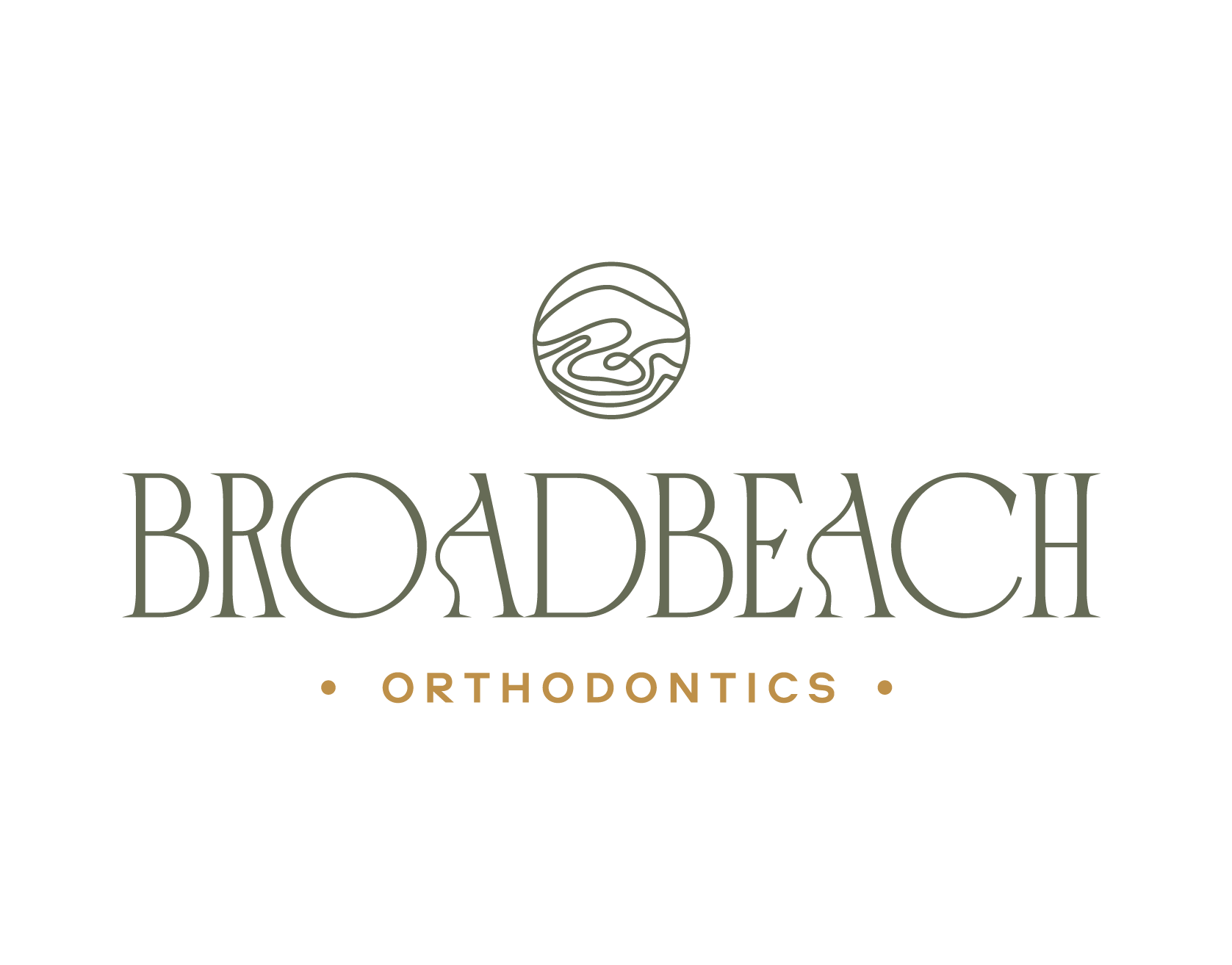Orthodontic treatment is a journey towards a healthier, more attractive smile. Braces are a common and effective method for straightening teeth and correcting bite issues. However, the arrival of wisdom teeth—typically in late adolescence or early adulthood—can add an extra layer of complexity to orthodontic care. In this blog, we’ll explore how wisdom teeth impact braces and what you need to consider for optimal oral health.
Understanding Wisdom Teeth
Wisdom teeth, also known as third molars, are the last set of molars to emerge, usually appearing between the ages of 18 and 25. While some people have no issues with their wisdom teeth, others may experience problems such as impaction, misalignment, or crowding, which can affect their overall dental health.
Common Issues with Wisdom Teeth:
- Impaction: Wisdom teeth may become trapped beneath the gum line, leading to pain, swelling, and infection.
- Crowding: Emerging wisdom teeth can push against adjacent teeth, causing crowding and misalignment.
- Partial Eruption: Wisdom teeth that partially emerge can create spaces where bacteria accumulate, leading to gum disease and cavities.
- Misalignment: Wisdom teeth may grow at odd angles, impacting nearby teeth and affecting your bite.
Braces and Wisdom Teeth: How They Interact
If you’re undergoing orthodontic treatment with braces, the presence and development of wisdom teeth can be a concern. Here’s how they interact:
1. Timing of Braces and Wisdom Teeth Removal
Orthodontists often evaluate the potential impact of wisdom teeth during the initial consultation. In some cases, it may be recommended to remove wisdom teeth before starting braces to prevent future complications. For others, the orthodontist may monitor the wisdom teeth throughout the treatment and decide on removal only if problems arise.
2. Monitoring and Planning
During orthodontic treatment, regular checkups allow the orthodontist to monitor the development of wisdom teeth. X-rays and exams help determine if the wisdom teeth are likely to cause issues such as crowding or shifting of the teeth, potentially impacting the success of the braces.
3. Post-Braces Retention
After braces are removed, retainers are used to maintain the new position of your teeth. If wisdom teeth emerge after braces, there’s a risk they could exert pressure and cause shifting. In such cases, the orthodontist might recommend removing the wisdom teeth to ensure the long-term stability of your orthodontic results.
Should Wisdom Teeth Always Be Removed?
Not all wisdom teeth need to be removed. The decision depends on several factors, including:
- Position and Alignment: If wisdom teeth are well-aligned and don’t pose a risk to other teeth, they might not need removal.
- Impaction: Impacted wisdom teeth that cause pain, infection, or damage to adjacent teeth often require removal.
- Orthodontic Impact: If wisdom teeth are likely to disrupt orthodontic treatment or the results, removal might be necessary.
Consultation with an Orthodontist
An orthodontist can provide personalised advice based on your specific dental situation. They will consider the current state of your teeth, the positioning of your wisdom teeth, and any potential risks to recommend the best course of action.
Conclusion
The relationship between braces and wisdom teeth is an important consideration in orthodontic treatment. Whether you’re about to start your journey with braces or are currently undergoing treatment, it’s crucial to keep an eye on the development of your wisdom teeth. Regular consultations with your orthodontist will help ensure any issues are addressed promptly, paving the way for a healthy, beautiful smile.
If you have concerns about how wisdom teeth might affect your braces or need advice on the best approach for your orthodontic care, don’t hesitate to reach out to your orthodontist. They have the expertise to guide you through every step of the process, ensuring your path to a perfect smile is as smooth and effective as possible.





